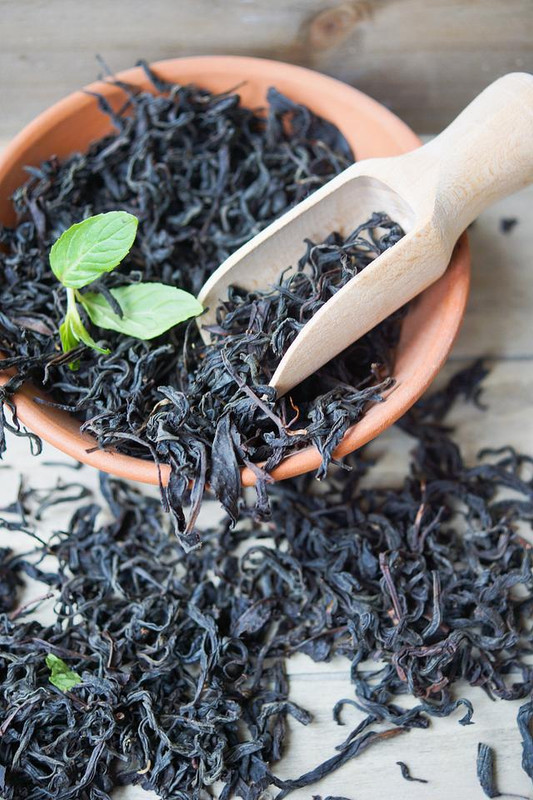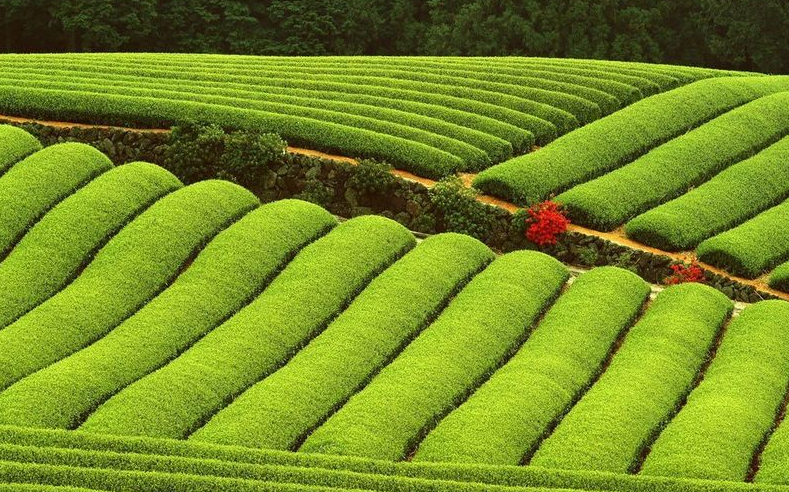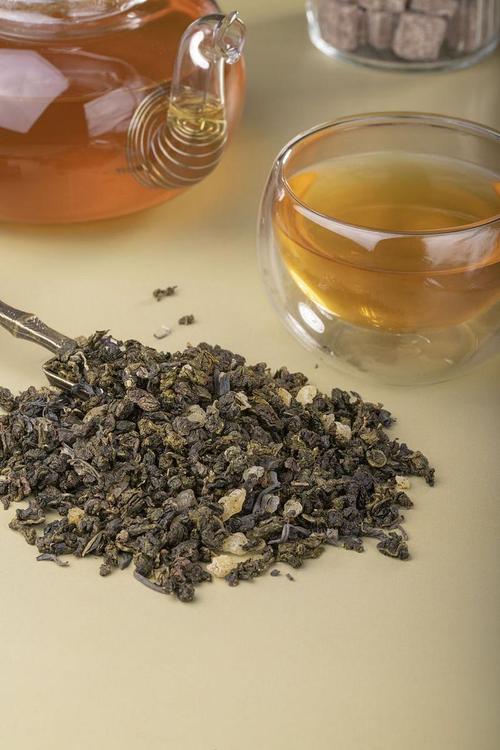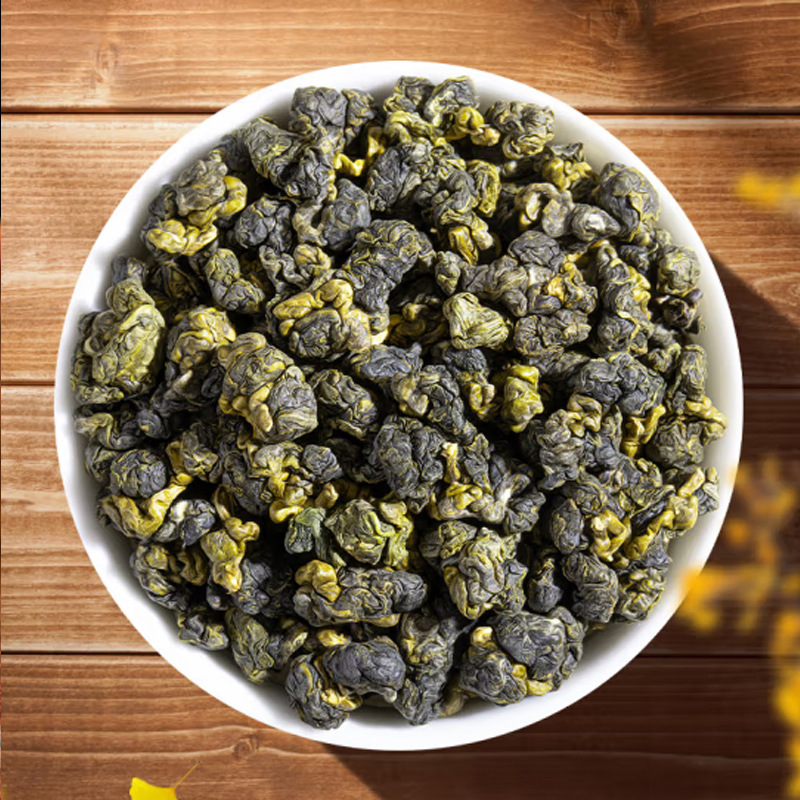Oolong tea, a semi-oxidized tea renowned for its complex flavors and aromatic qualities, represents one of China’s most sophisticated tea categories. Unlike fully oxidized black teas or unoxidized green teas, oolong undergoes partial fermentation, with oxidation levels ranging from 10% to 70%. This nuanced processing creates a spectrum of tastes, from floral and fruity to roasted and woody. The classification of Chinese oolong teas is closely tied to their geographic origins, as regional terroir and traditional techniques shape distinct styles. Below is a systematic overview of China’s major oolong categories:

1. Southern Fujian Oolongs (闽南乌龙)
Produced in the Anxi and Yongchun regions of Fujian province, these oolongs are celebrated for their light oxidation (10-30%) and floral-fruity notes. Key examples include:
- Tie Guan Yin (铁观音): Literally “Iron Goddess of Mercy,” this iconic tea features orchid-like aromas and a silky texture. Its rolling technique creates tightly curled leaves that unfurl during brewing.
- Huang Jin Gui (黄金桂): Known as “Golden Osmanthus,” this variety offers a creamy texture with notes of osmanthus flowers and ripe fruit.
- Ben Shan (本山): A milder alternative with a honeyed sweetness and subtle almond undertones.
Processing Highlight: Minimal roasting emphasizes natural floral compounds, often with a “green” edge from lighter oxidation.
2. Northern Fujian Oolongs (闽北乌龙)
Hailing from Wuyi Mountain and surrounding areas, these oolongs are characterized by medium to high oxidation (30-60%) and distinctive roasting. Notable teas include:
- Da Hong Pao (大红袍): The “King of Oolongs,” renowned for its “rock rhyme” (yan yun), a mineral-rich flavor from volcanic soil. Traditionally roasted over charcoal.
- Shui Xian (水仙): “Narcissus” tea with a creamy mouthfeel and orchid-lily aromas, often exhibiting a pronounced “roast” character.
- Rou Gui (肉桂): “Cinnamon” tea prized for its spicy-sweet profile, with cinnamon and clove notes enhanced by medium roasting.
Processing Highlight: Repeated roasting (up to 9 times) develops complex layers of caramel, smoke, and fruit flavors.
3. Guangdong Oolongs (广东乌龙)
Cultivated in Chaozhou’s Phoenix Mountains, these oolongs are famous for their high-aroma profiles and single-bush varietals. The most prominent is:
- Feng Huang Dan Cong (凤凰单丛): “Phoenix Single Bush” teas, each derived from a unique cultivar. Varieties like Mi Lan Xiang (蜜兰香, Honey Orchid) and Huang Zhi Xiang (黄枝香, Yellow Branch) showcase intense floral, honey, or ginger notes.
Processing Highlight: Light oxidation preserves high volatile compounds, resulting in explosive aromatics.
4. Taiwan Oolongs (台湾乌龙)
Though geographically distinct, Taiwan’s oolongs share processing roots with Fujian traditions. Key styles include:
- Dong Ding (冻顶): Grown at high altitudes, this tea balances floral sweetness with a toasty finish from moderate roasting.
- Gao Shan (高山): “High Mountain” oolongs from regions like Alishan, known for their delicate floral notes and clean mineral finish.
- Dong Fang Mei Ren (东方美人): Heavily oxidized (60-70%) with unique “white毫” tips, this tea has a rum-like aroma from leafhopper infestation during cultivation.
Processing Highlight: Cool-climate cultivation and precise oxidation control yield bright, layered flavors.
Cultural and Sensory Significance
Beyond classification, oolong’s appeal lies in its versatility:
- Brewing Methods: Multiple infusions reveal evolving flavors, from initial floral bursts to deeper roasted notes.
- Health Benefits: Studies suggest oolong may aid weight management and improve heart health due to polyphenol content.
- Ceremonial Use: In Chaoshan and Fujian, oolong is central to gongfu cha ceremonies, where small teapots and quick infusions maximize aroma and taste.
Conclusion
China’s oolong tea landscape is a testament to the interplay between terroir, cultivar, and craftsmanship. From the delicate floral notes of Tie Guan Yin to the smoky depth of Da Hong Pao, each category offers a distinct sensory journey. As global interest in tea diversifies, understanding these classifications provides a framework to appreciate oolong’s rich heritage and remarkable complexity. Whether exploring traditional Wuyi rock teas or innovative high-mountain Taiwanes varieties, the world of oolong invites both connoisseurs and newcomers to savor China’s liquid poetry.



